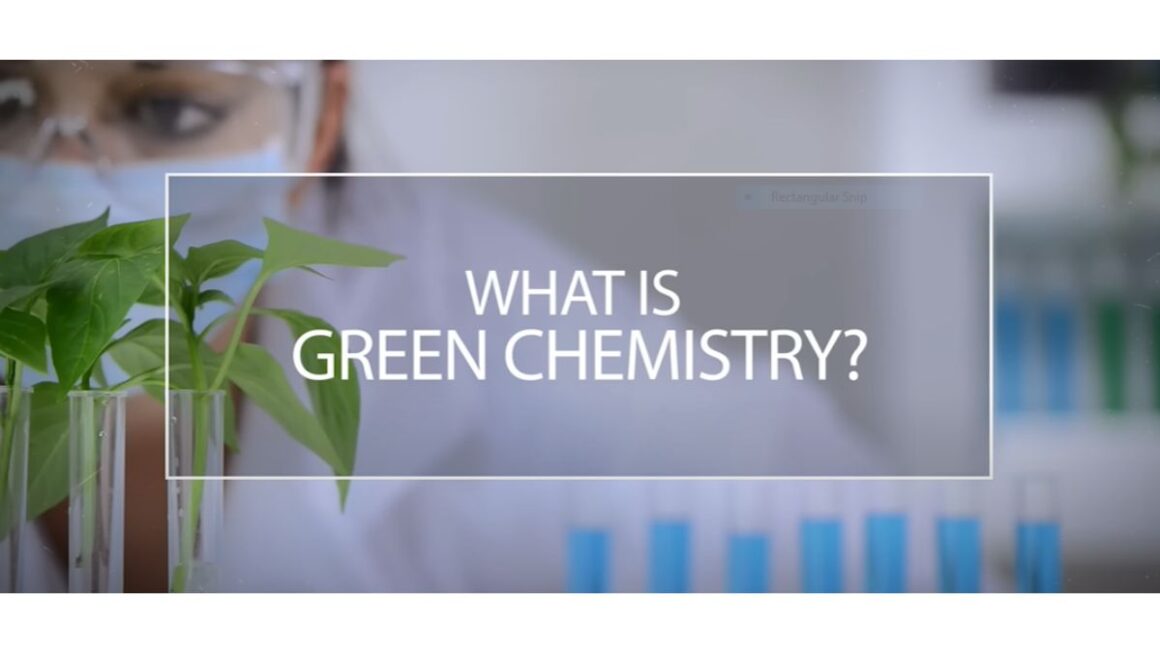Analysts at the College of Helsinki have created feasible disintegration techniques for separating honorable metals from PCs, cells, sun-powered chargers and other disposed of gadgets.
In a paper distributed in the diary Angewandte Chemie Global Version, the researchers present a three-stage process where copper is first broken down from electronic waste, trailed by silver, and, at last, gold. Along these lines, metals can be specifically isolated from plastic, ceramics, and different materials, yielding unadulterated respectable metals. Also, the solvents utilized can be handily reused.
The group tried natural solvents on squashed circuit sheets, effectively removing the gold and copper contained in them. Silver was isolated from squashed old sun-powered chargers. This outcome is intriguing because sunlight-based chargers are a high-volume item whose reusing has so far been very difficult.
“In this review, we utilized what is known as profound eutectic solvents, fluids, that are produced using substances that are strong at room temperature and under typical tension, like choline chloride — additionally utilized in poultry feed — and urea, as well as other safe natural mixtures,” Anže Zupanc, co-creator of the review, said in a media explanation.
Profound eutectic solvents are an exceptional sort of dissolvable made out of at least two straightforward mixtures that structure a blend with a low softening point. These solvents are known as profound eutectic, as their liquefying point is impressively lower than the dissolving point of every part all alone.
Profound eutectic solvents are harmless to the ecosystem, sustainable, and by and large biodegradable. They have numerous applications for synthetic responses, catalysis, and extraction strategies.
In this review, lactic corrosive and hydrogen peroxide were utilized as solvents too.
“A significant outcome was that the solvents could be reused, trying the standards of green science,” lead scientist Timo Repo said.
also read:Paris Olympics Might Bring $12 Billion Lift, Study Shows




